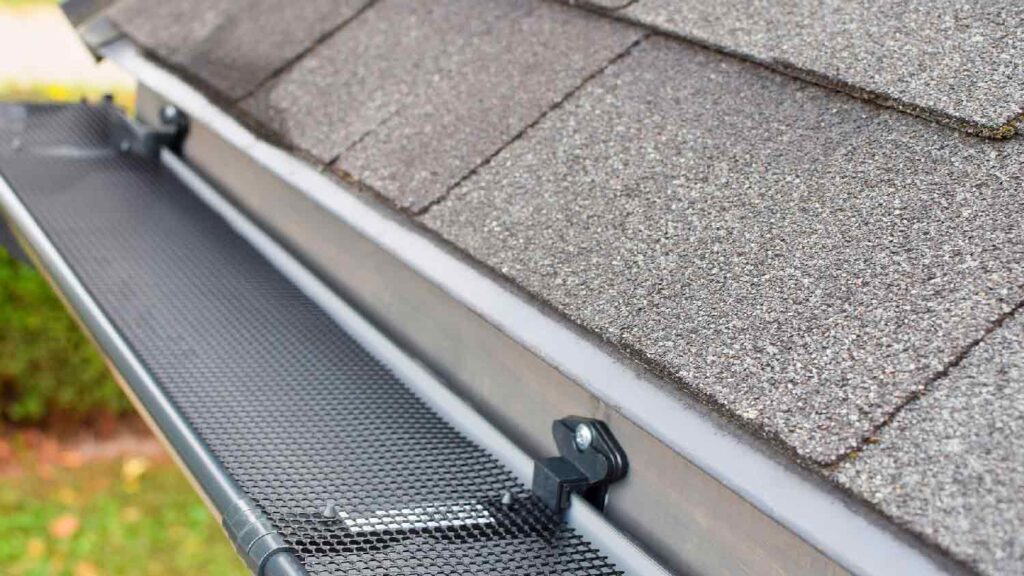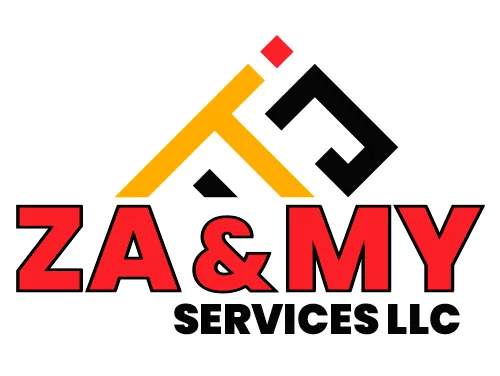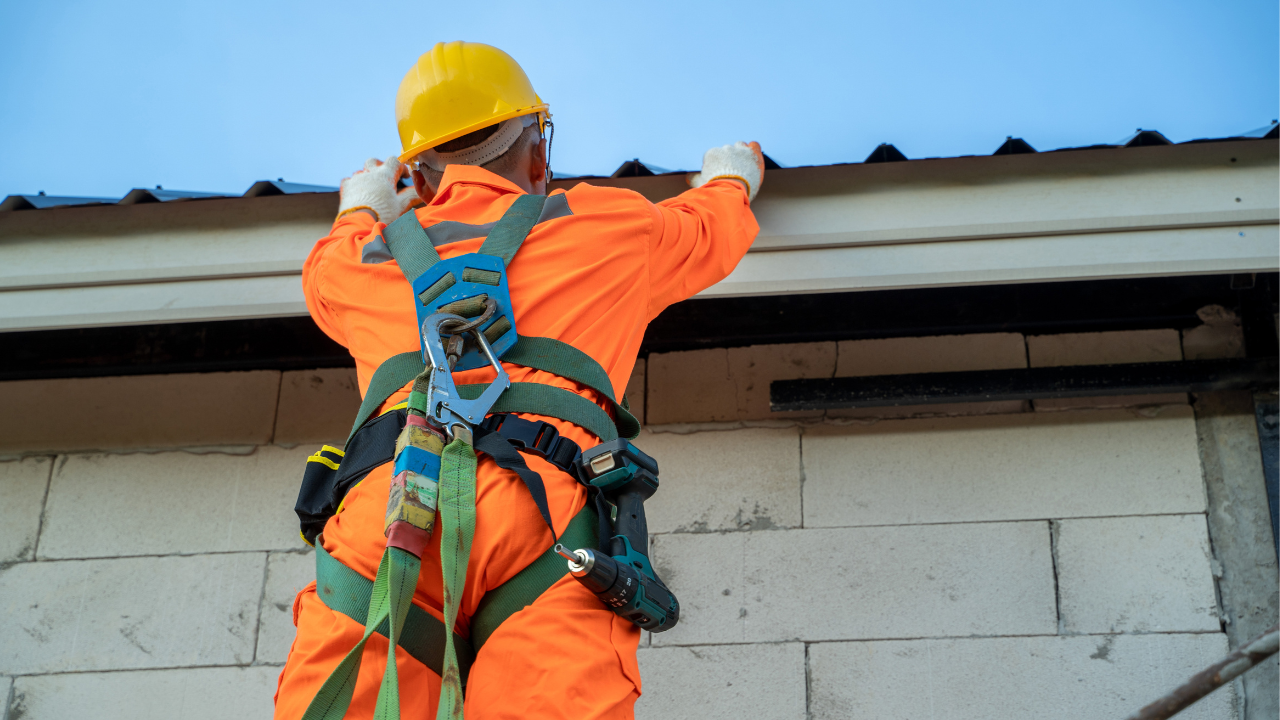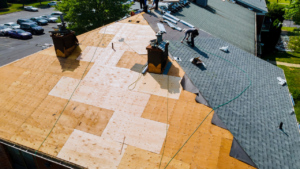Introduction
Maintaining the health and longevity of your roof is crucial to protecting your home from weather elements and ensuring structural integrity. Regular roof maintenance can save you from costly repairs and extend the life of your roof. In this comprehensive guide, we’ll cover eight essential roof maintenance tips that will help you keep your roof in top condition for years to come.
Section 1: Regular Inspections
The Importance of Regular Inspections
Regular roof inspections are the cornerstone of effective roof maintenance. By inspecting your roof at least twice a year, ideally in the spring and fall, you can identify and address potential issues before they escalate into major problems. These inspections allow you to catch early signs of damage caused by weather, wear and tear, or other factors, ensuring your roof remains in optimal condition.
Checklist for Roof Inspections
When conducting a roof inspection, there are several key areas to focus on:
- Shingles: Look for cracked, curled, or missing shingles. Damaged shingles can allow water to seep into your home, leading to leaks and water damage.
- Flashing: Check the flashing around chimneys, vents, and skylights. Ensure it is securely in place and free from cracks or rust.
- Gutters and Downspouts: Inspect for clogs, rust, or damage. Ensure water can flow freely to prevent water buildup and roof damage.
- Roof Valleys: Examine valleys for debris accumulation and signs of wear. Valleys are prone to leaks due to the concentrated water flow.
- Attic: Check the attic for signs of moisture, mold, or water stains, which can indicate roof leaks.
- Roof Surface: Look for debris, moss, or algae growth, which can retain moisture and damage the roof material.
Regular inspections help you stay ahead of potential problems and maintain the structural integrity of your roof. Regular roof maintenance is essential to catch issues early and ensure your roof lasts as long as possible.
Section 2: Clean the Gutters

The Role of Gutters in Roof Maintenance
Gutters play a vital role in directing water away from your roof and home. Clogged gutters can lead to water buildup, which can cause roof leaks, wood rot, and foundation damage. Keeping your gutters clean and free-flowing is essential for maintaining your roof’s health.
Tips for Safely Cleaning Gutters
- Use Proper Tools: Equip yourself with a sturdy ladder, gloves, a scoop, and a garden hose.
- Remove Debris: Clear out leaves, twigs, and other debris from the gutters using a scoop or your hands.
- Flush the Gutters: Use a garden hose to flush out any remaining debris and ensure the water flows freely through the downspouts.
- Check for Damage: While cleaning, inspect the gutters for signs of rust, corrosion, or damage. Repair or replace damaged sections as needed.
- Install Gutter Guards: Consider installing gutter guards to minimize debris buildup and reduce the frequency of cleaning.
Regularly cleaning your gutters prevents water damage and helps maintain the overall health of your roof. This simple yet crucial aspect of roof maintenance can significantly prolong the life of your roofing system.
Section 3: Trim Overhanging Branches
Risks of Overhanging Branches
Overhanging branches can pose several risks to your roof. They can scrape and damage shingles, lead to debris accumulation, and provide a pathway for pests to access your roof. Additionally, during storms, branches can break off and cause significant damage to your roof.
How to Properly Trim Branches
- Identify Problem Branches: Locate branches that are too close to the roof or show signs of damage.
- Use the Right Tools: Use pruning shears or a saw to trim smaller branches. For larger branches, consider hiring a professional arborist.
- Cut at the Right Angle: Make clean cuts at a 45-degree angle to promote healthy regrowth.
- Safety First: Ensure you are using proper safety equipment and techniques to avoid injury.
- Regular Maintenance: Periodically check and trim branches to prevent them from becoming a hazard.
Trimming overhanging branches protects your roof from potential damage and extends its lifespan. Incorporating this practice into your roof maintenance routine ensures that your roof remains in top condition.
Section 4: Remove Debris
Types of Debris and Their Impact
Debris such as leaves, twigs, and dirt can accumulate on your roof over time. This debris can trap moisture, leading to mold growth, rot, and damage to roofing materials. Regularly removing debris helps maintain the roof’s integrity and prevents potential issues.
Steps to Remove Debris from Your Roof
- Use a Broom or Blower: Gently sweep or blow off loose debris from the roof surface. Be cautious not to damage the shingles.
- Check Roof Valleys: Pay special attention to roof valleys where debris tends to accumulate more.
- Clean Around Vents and Chimneys: Clear any debris around roof vents and chimneys to ensure proper airflow.
- Inspect After Storms: After heavy storms, check the roof for any new debris and remove it promptly.
- Schedule Regular Cleanings: Plan routine cleanings, especially during the fall when leaves are more likely to accumulate.
Keeping your roof free from debris helps prevent moisture-related damage and extends the lifespan of your roofing materials. Regular roof maintenance, including debris removal, is essential for maintaining a healthy roof
Section 5: Inspect and Repair Shingles
Importance of Shingle Maintenance
Shingles are the first line of defense for your roof against weather elements. Damaged or missing shingles can compromise the roof’s ability to protect your home. Regularly inspecting and repairing shingles is crucial to maintaining the roof’s effectiveness.
Step-by-Step Guide to Repairing Shingles
- Identify Damaged Shingles: Look for cracked, curled, or missing shingles during your inspections.
- Gather Tools and Materials: You will need replacement shingles, roofing nails, a hammer, and a pry bar.
- Remove the Damaged Shingle: Use the pry bar to lift the damaged shingle and remove any nails holding it in place.
- Install the New Shingle: Slide the new shingle into position and secure it with roofing nails.
- Seal the Shingle: Apply roofing cement to the edges of the new shingle to ensure a watertight seal.
- Check for Proper Alignment: Ensure the new shingle aligns with the surrounding shingles for a uniform look.
Regularly inspecting and repairing shingles prevents leaks and maintains the overall health of your roof. This essential roof maintenance task ensures your roof remains functional and visually appealing.
Section 6: Check for Leaks
Common Signs of Roof Leaks
Detecting and fixing roof leaks early can prevent significant damage to your home. Common signs of roof leaks include:
- Water Stains: Look for discolored patches on your ceiling or walls.
- Mold or Mildew: Check for the presence of mold or mildew, which thrives in damp environments.
- Damp Spots: Feel for damp or soft spots on the ceiling or walls.
- Musty Odors: Unexplained musty smells can indicate moisture buildup.
Methods to Detect and Fix Leaks
- Inspect the Attic: Check the attic for signs of moisture or water damage, especially after heavy rains.
- Examine Roof Penetrations: Focus on areas where the roof is penetrated, such as chimneys, vents, and skylights, as these are common leak points.
- Use a Hose: If you suspect a leak but can’t find its source, use a hose to simulate rain and identify the entry point.
- Seal with Roofing Cement: For minor leaks, apply roofing cement to seal the affected area.
- Replace Damaged Materials: For more extensive damage, replace the damaged roofing materials to ensure a long-lasting repair.
Regular leak detection and repair are essential to prevent water damage and maintain the integrity of your roof. Integrating this practice into your roof maintenance routine ensures your home remains protected from water-related issues.
Section 7: Ensure Proper Attic Ventilation
The Role of Attic Ventilation
Proper attic ventilation is crucial for maintaining roof health. It helps regulate temperature and moisture levels, preventing heat buildup in the summer and moisture accumulation in the winter. Poor ventilation can lead to premature roof deterioration and increased energy costs.
Tips for Ensuring Adequate Ventilation
- Install Ventilation Systems: Ensure your attic has both intake and exhaust vents to promote proper airflow.
- Check Existing Vents: Inspect vents for blockages or damage and ensure they are functioning correctly.
- Maintain Clear Pathways: Keep insulation and other materials away from vents to allow unobstructed airflow.
- Monitor Temperature and Humidity: Use a hygrometer to monitor attic conditions and make adjustments as needed.
- Seek Professional Help: If you’re unsure about your attic ventilation, consult a roofing professional for an assessment and recommendations.
Adequate attic ventilation helps extend the lifespan of your roof and improves energy efficiency in your home. Including proper ventilation in your roof maintenance plan ensures a healthy
and long-lasting roof.
Section 8: Schedule Professional Maintenance
Benefits of Professional Roof Maintenance
While regular DIY roof maintenance is essential, professional maintenance offers several additional benefits:
- Expertise: Professionals have the knowledge and experience to identify and address issues that may be overlooked during DIY inspections.
- Comprehensive Inspections: Professional inspections cover all aspects of your roof, including areas that are difficult to access.
- Preventative Measures: Professionals can apply preventative measures, such as treatments for moss and algae, to protect your roof.
- Quality Repairs: Benefit from high-quality repairs using the best materials and techniques.
- Extended Lifespan: Regular professional maintenance can significantly extend the lifespan of your roof.
How Often to Schedule Professional Maintenance
- Annual Inspections: Schedule a professional inspection at least once a year to ensure your roof is in good condition.
- After Severe Weather: Arrange for inspections after severe weather events, such as storms or heavy snowfall, to assess any damage.
- Before and After Seasons: Consider inspections before and after winter or hurricane season to prepare and repair your roof accordingly.
What to Expect from Professional Services
- Thorough Inspection: Professionals will conduct a comprehensive inspection of your roof, including areas you may not be able to access.
- Detailed Report: Receive a detailed report outlining the condition of your roof and recommended repairs or maintenance.
- Expert Repairs: Benefit from expert repairs using high-quality materials and techniques.
- Preventative Measures: Professionals can apply preventative measures to protect your roof from future damage.
Scheduling professional roof maintenance ensures your roof remains in optimal condition and extends its lifespan.
Conclusion

Maintaining your roof is essential for protecting your home and extending the lifespan of your roofing materials. By following these eight roof maintenance tips—conducting regular inspections, cleaning gutters, trimming overhanging branches, removing debris, inspecting and repairing shingles, checking for leaks, ensuring proper attic ventilation, and scheduling professional maintenance—you can keep your roof in top condition for years to come. Implementing these practices not only prevents costly repairs but also enhances the overall value and safety of your home.
Call Us Now
We’d love to hear from you! Share your own roof maintenance tips in the comments below. For more home maintenance advice and tips, subscribe to our newsletter. Don’t forget to check out our related articles on roof care and maintenance for additional insights and guidance.






